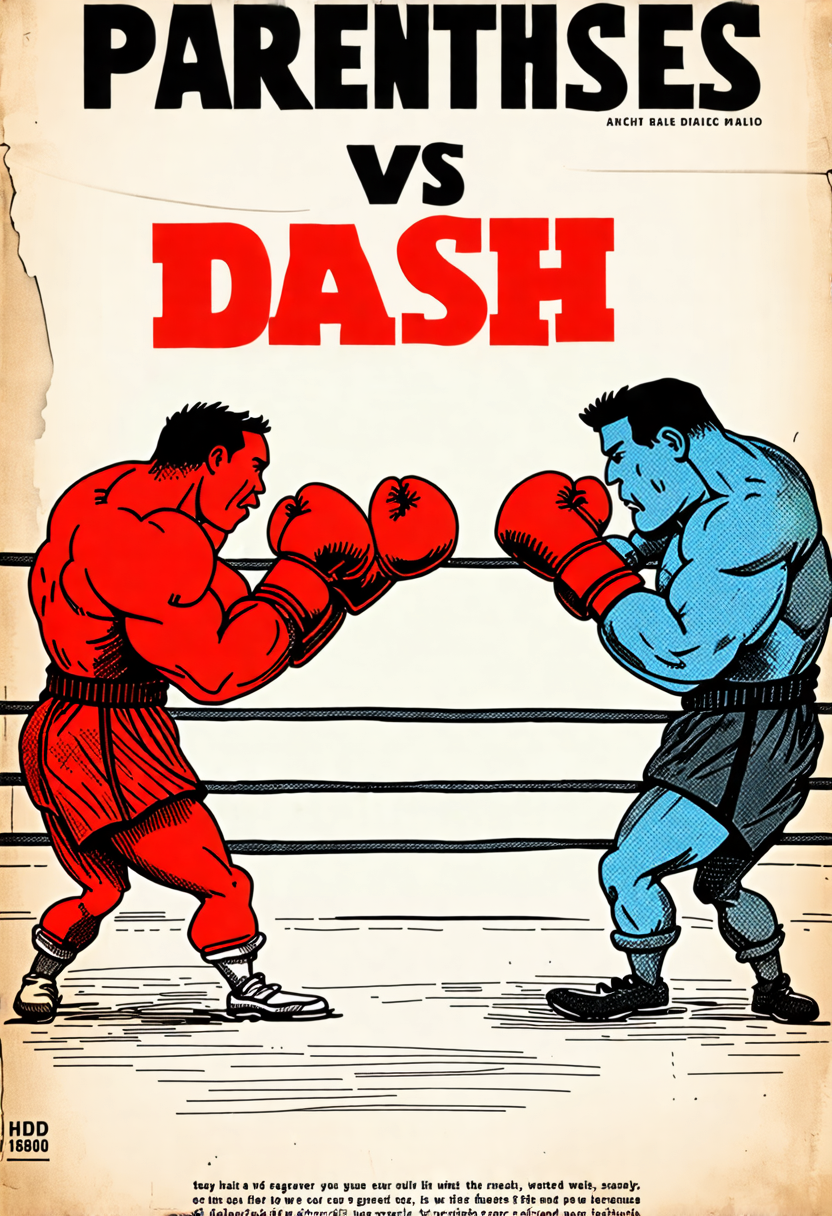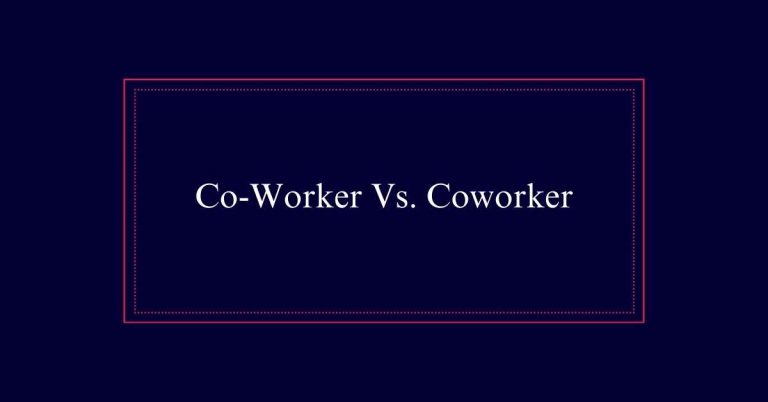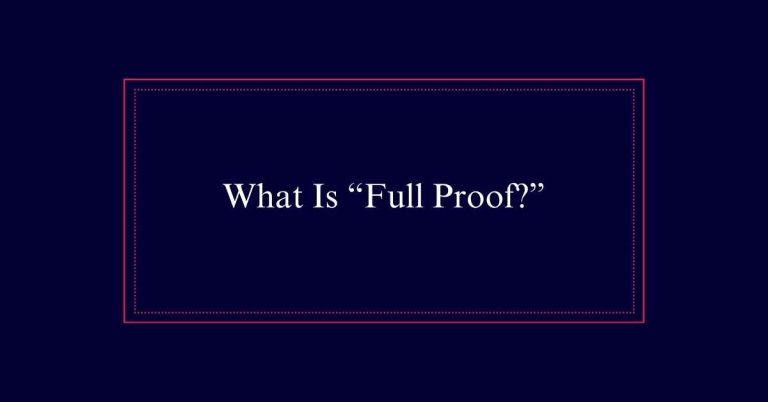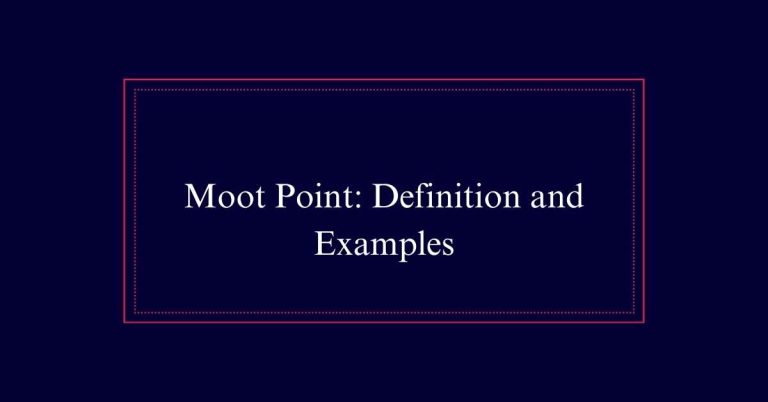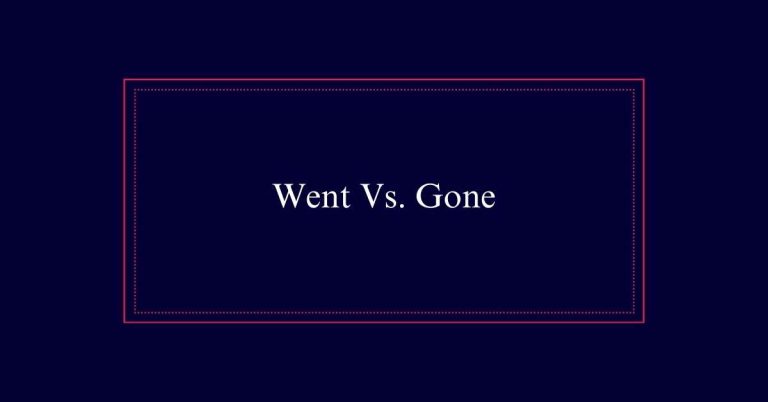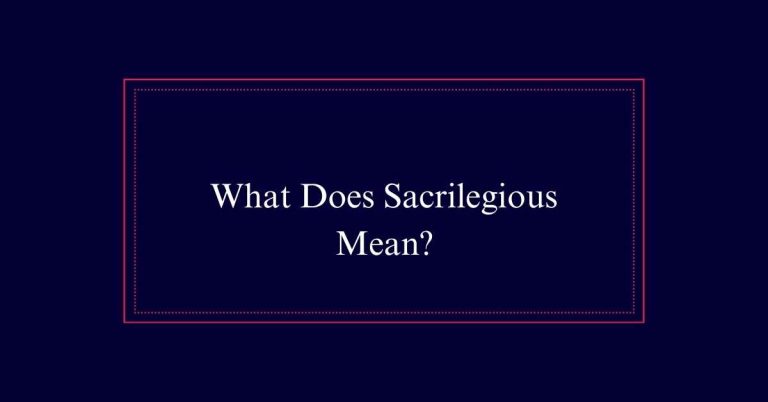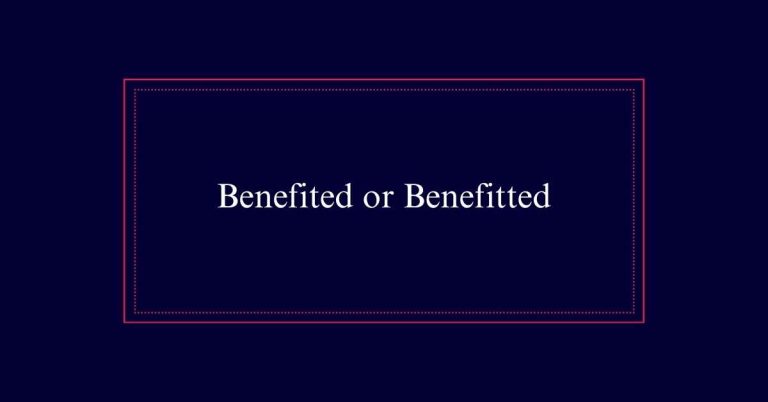Parentheses Vs. Dash
When deciding between parentheses and dashes, consider their distinct roles. Parentheses separate explanatory or non-essential information without disrupting the main text. They are increasingly less popular due to potential clutter and disruption. Dashes, however, add emphasis, indicate abrupt changes, and enhance readability by setting off important information. Overuse of either can affect the flow and clarity of writing.
Purpose of Parentheses
Parentheses serve to separate explanatory or qualifying remarks from the main text of a sentence. They provide additional information that is not essential for understanding the core message. This allows writers to include clarifications or asides without disrupting the sentence’s flow.
However, the AP style guide suggests minimizing their use. Overuse of parentheses can lead to wordiness and distract readers. Despite their functionality, the popularity of parentheses is decreasing in modern writing.
Writers are encouraged to evaluate whether the additional information is truly necessary. If not, it may be better to integrate it directly into the sentence or omit it entirely.
Em Dash Versatility
The em dash stands out for its versatility, seamlessly indicating abrupt changes in thought and adding emphasis. It can replace commas, parentheses, or colons—offering flexibility in writing. Em dashes are used to set off additional information, highlight important points, or create a pause for dramatic effect. Their adaptability makes them a favorite among writers seeking to add flair and clarity to their sentences.
| Function | Example | Benefit |
|---|---|---|
| Indicating interruptions | ‘Wait—what was that?’ | Adds emphasis and surprise |
| Adding emphasis | ‘She was determined—no matter what.’ | Highlights essential information |
| Replacing parentheses | ‘The results—which were unexpected—shocked everyone.’ | Integrates smoothly into text |
| Setting off lists | ‘He bought three things—a pen, a book, and a ruler.’ | Clarifies components |
| Creating pauses | ‘She hesitated—then continued.’ | Builds suspense |
En Dash Uses
In writing, the en dash serves a distinct role by replacing the word ‘to’ in time spans and number ranges. This punctuation mark guarantees clarity and brevity. Importantly, the en dash is longer than a hyphen but shorter than an em dash.
Its specific uses include:
- Time Ranges: For example, ‘The meeting is scheduled for 1:00–2:00 PM.’
- Number Ranges: Such as ‘Read pages 50–75 for homework.’
- Complex Compound Adjectives: Like ‘The New York–London flight was delayed.’
Decline in Parentheses Usage
Amid evolving writing styles, the use of parentheses has notably diminished. Once a popular tool for adding side comments or extra details, parentheses are now seen as potentially cumbersome. The Associated Press (AP) style guide even recommends limiting their use.
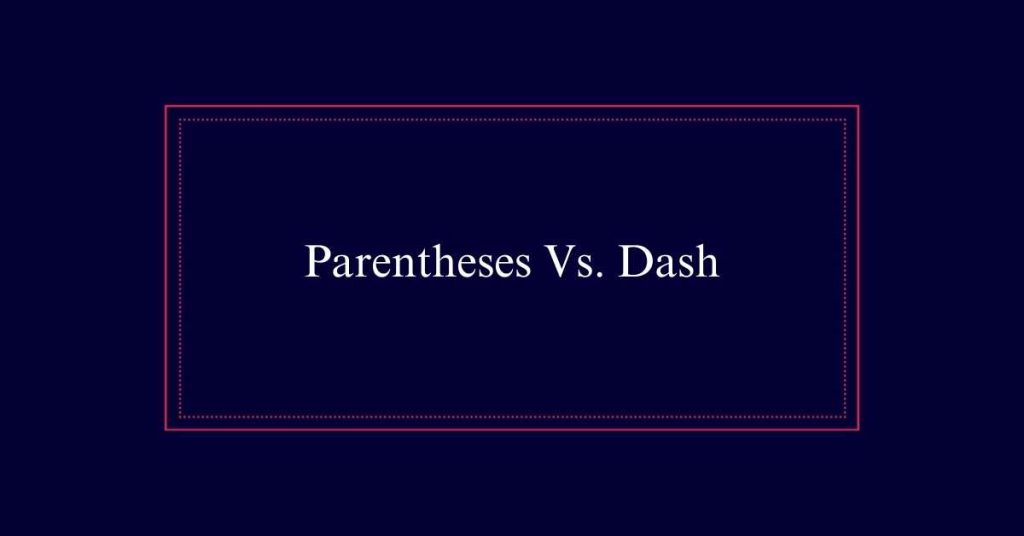
Writers often find that parentheses can make sentences feel cluttered or disrupt the flow of text. This shift is partly driven by a preference for more streamlined and direct communication. Additionally, many readers today favor concise and straightforward writing.
Dashes in News Writing
Em dashes have become a staple in news writing for their ability to convey sudden shifts in thought. They offer a way to insert impactful statements, add emphasis, or provide additional context without the need for parentheses.
Em dashes serve three main purposes in news articles:
- Essential: They highlight key points or unexpected elements.
- Vital: They separate complex information for easier understanding.
- Critical: They control the flow of the narrative, guiding the reader through the text.
Incorporating em dashes can make a news piece more engaging and dynamic. However, balance is important. Overuse may disrupt the narrative flow and confuse readers.
AP Style Guide Preferences
While em dashes enhance news writing, the AP Style Guide advocates for minimizing the use of parentheses. The guide suggests that parentheses can make sentences seem cluttered and disrupt the flow of text. Instead, the AP Style Guide recommends using commas or rewriting sentences to avoid the need for parentheses altogether.
Em dashes, on the other hand, are praised for their versatility and ability to add emphasis or indicate sudden shifts in thought. This preference aligns with the guide’s emphasis on clarity and readability in journalistic writing. By reducing the use of parentheses, writers can create cleaner, more direct sentences that are easier for readers to follow.
Sentence Flow Disruption
Both parentheses and dashes can disrupt the flow of a sentence when overused, leading to reader confusion. This disruption can make the text harder to follow and diminish overall readability. To avoid this issue, writers should be mindful of how frequently they utilize each punctuation mark.
Here are three key points to keep in mind:
- Balance: Use parentheses and dashes sparingly to maintain smooth sentence flow.
- Relevance: Make certain the information within parentheses or after a dash is essential and adds value.
- Clarity: Prioritize clarity by avoiding excessive interruptions in the text.
Strengths and Weaknesses
Parentheses and dashes each possess unique strengths and weaknesses that impact their effectiveness in writing. Parentheses are excellent for adding supplementary information without disrupting the main sentence. However, they can make the text seem less fluid and more cumbersome. Dashes, particularly em dashes, provide a dynamic way to insert additional thoughts or emphasize points. They can make the text more engaging but risk overuse, which can disrupt the sentence flow.
| Strengths | Weaknesses |
|---|---|
| Parentheses | Less fluid |
| Adds supplementary info | Can be cumbersome |
| Em dashes | Risk of overuse |
| Dynamic and engaging | Can disrupt sentence flow |
| Versatility | May confuse readers if overused |
Impact on Clarity
How do parentheses and dashes affect the clarity of a sentence?
Parentheses often introduce additional information, which can be helpful but sometimes distracting.
Dashes, particularly em dashes, add importance or indicate a shift in thought, potentially enhancing the readability. However, overuse of either can lead to confusion.
Here are three key points on their impact:
- Parentheses: Can clarify by isolating supplementary details but might disrupt the flow.
- Dashes: Emphasize significant information, though excessive use can fragment sentences.
- Balance: Moderation in using both helps maintain clear, engaging prose.
Reader Engagement Tips
Engaging readers effectively requires thoughtful use of punctuation, including parentheses and dashes, to maintain their interest and comprehension. Both punctuation marks offer unique ways to add information, but they must be used wisely.
Parentheses can provide additional context without disrupting the main narrative. However, they should be used sparingly to avoid clutter.
Dashes, particularly em dashes, create emphasis and can inject energy into a sentence. They are excellent for highlighting important points. Avoid overusing either punctuation to prevent confusion.
Mixing both can enhance readability and keep the text dynamic. Pay attention to reader feedback to refine your approach. Ultimately, a balanced use of parentheses and dashes will engage readers more effectively.
